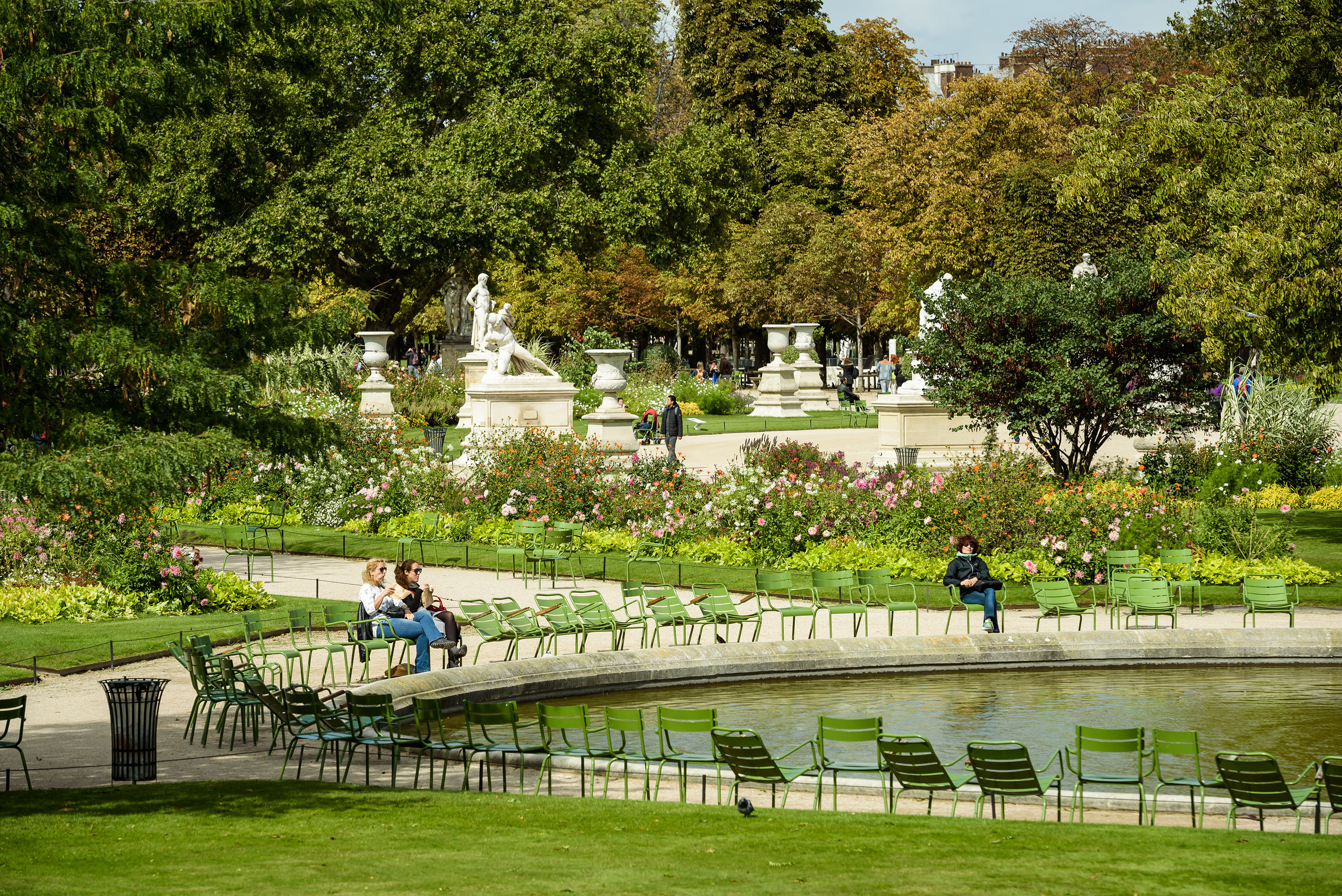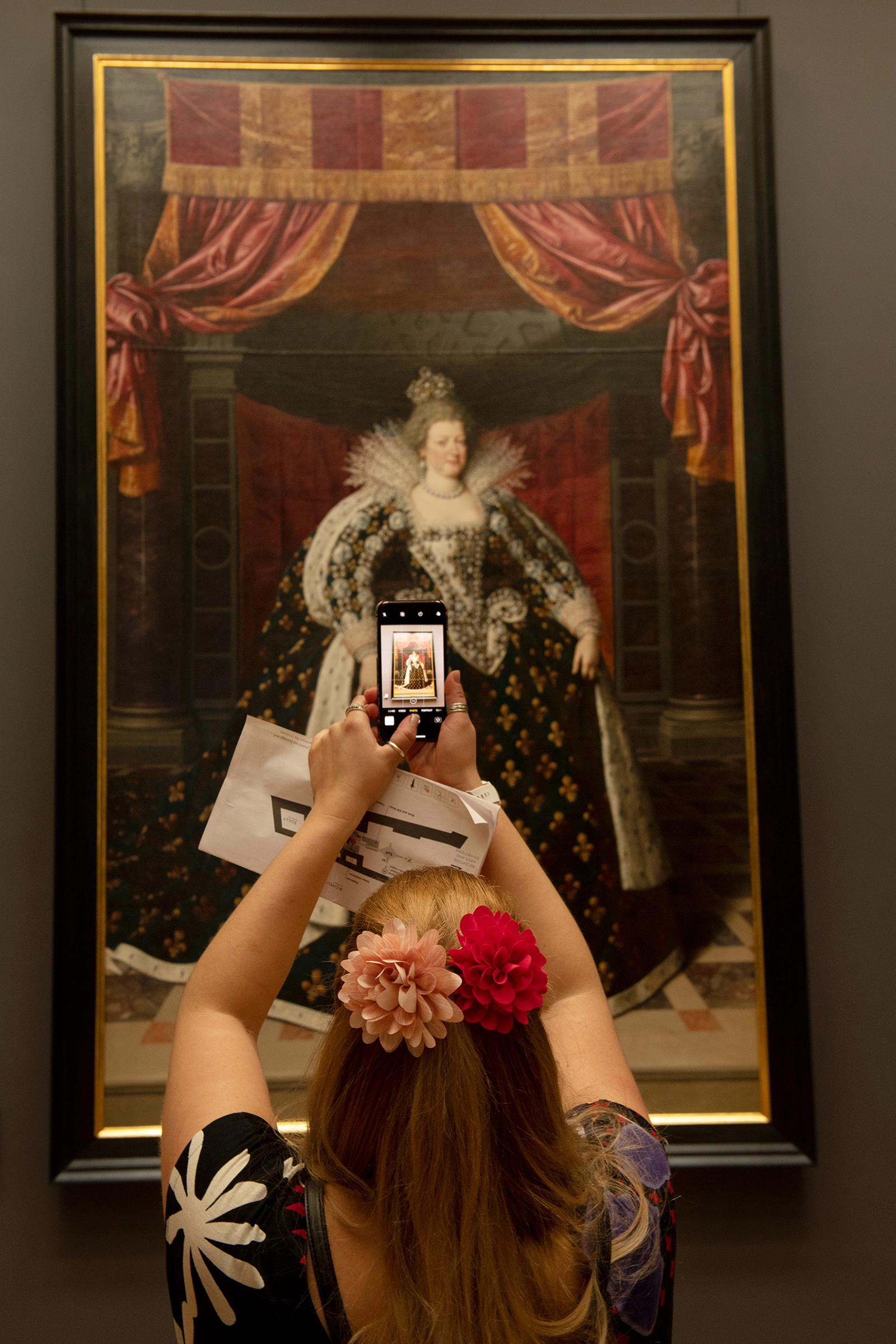
ExploreThe treasures of the Louvre palace and collections
Collections
The Collections database consists of entries for more than 500,000 works in the Musée du Louvre and Musée National Eugène-Delacroix.
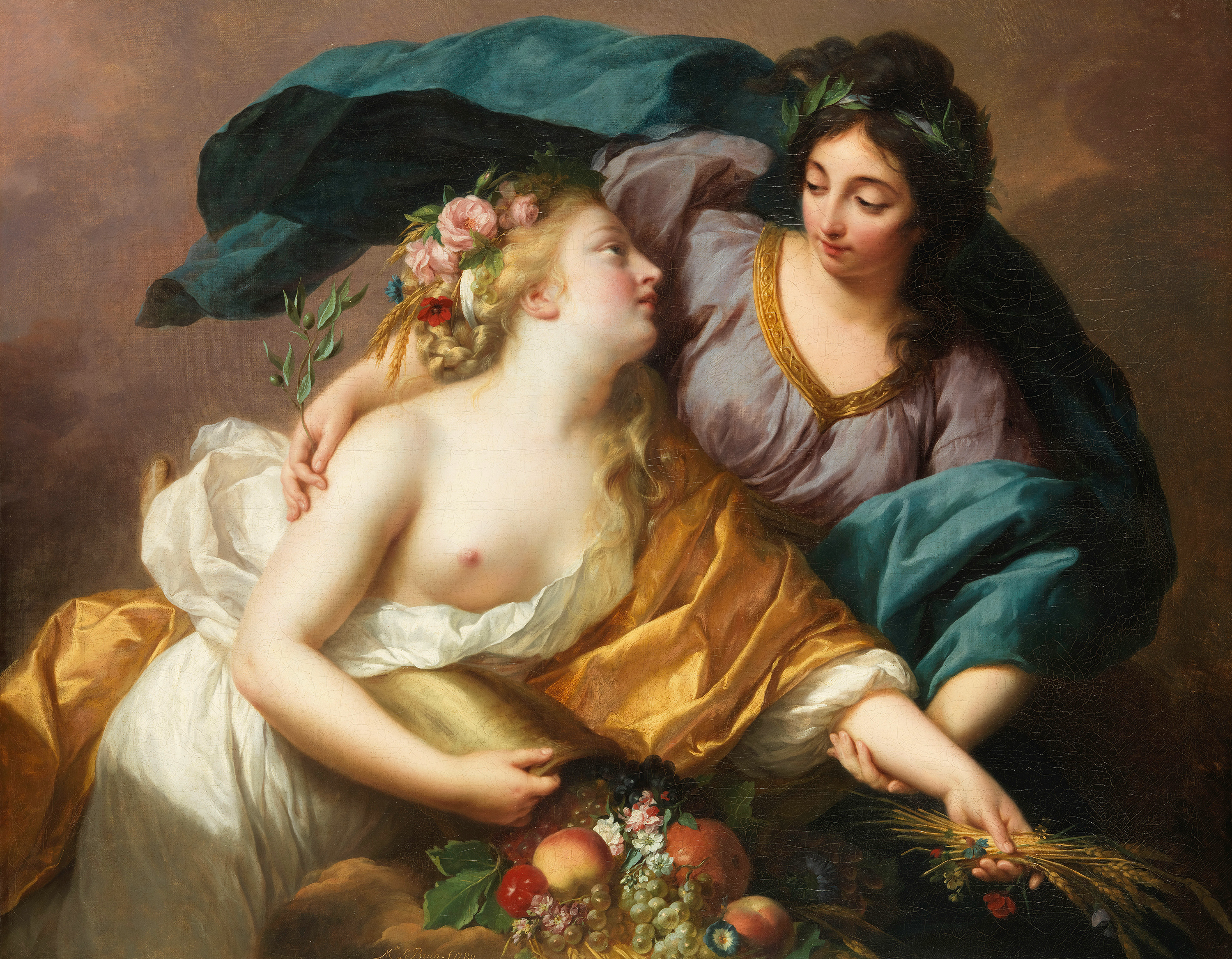
Life at the museum
All year round, the Louvre offers new things to see and do! Here you will find all the latest news on the museum’s ever-changing collections, contemporary art installations, life behind the scenes at the Louvre, and more.
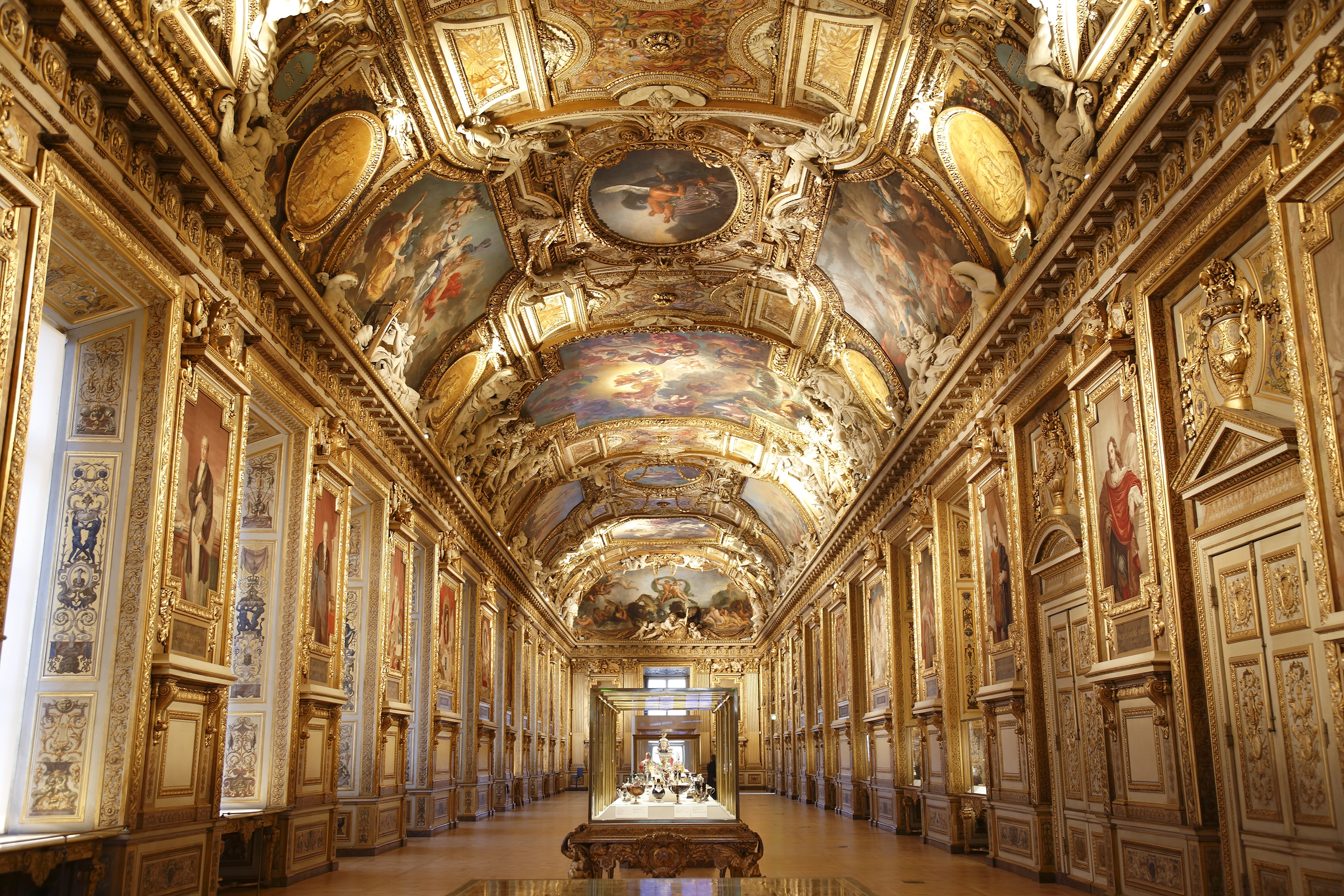
Visitor trails
Not sure where to start? Follow a step-by-step guide on a trail tailored to fit the subjects that interest you and the amount of time you plan to spend at the museum.
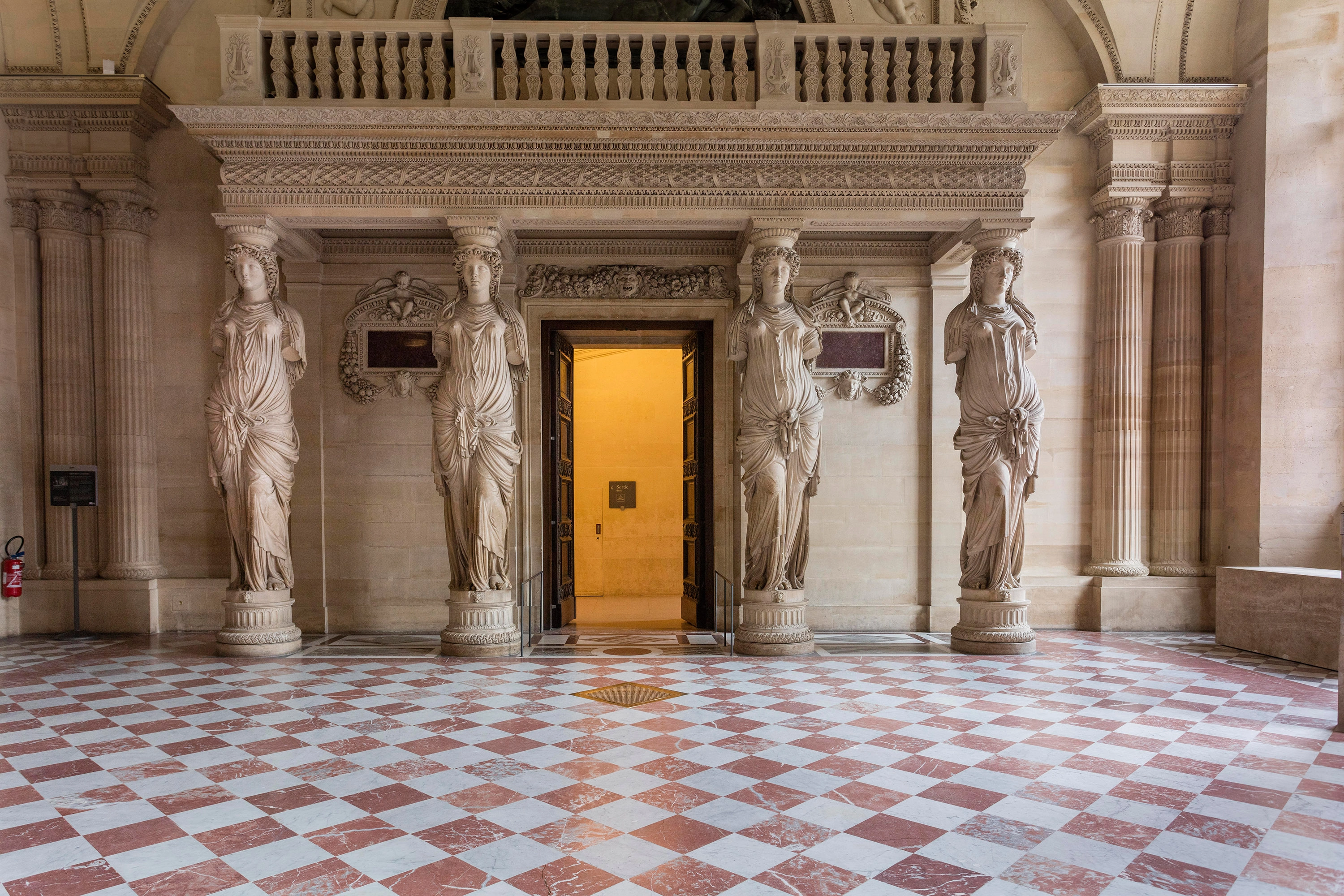
The palace
Explore the former palace of the kings of France, now the largest museum in the world, and dive into its collection, encompassing nearly 10,000 years of art history.
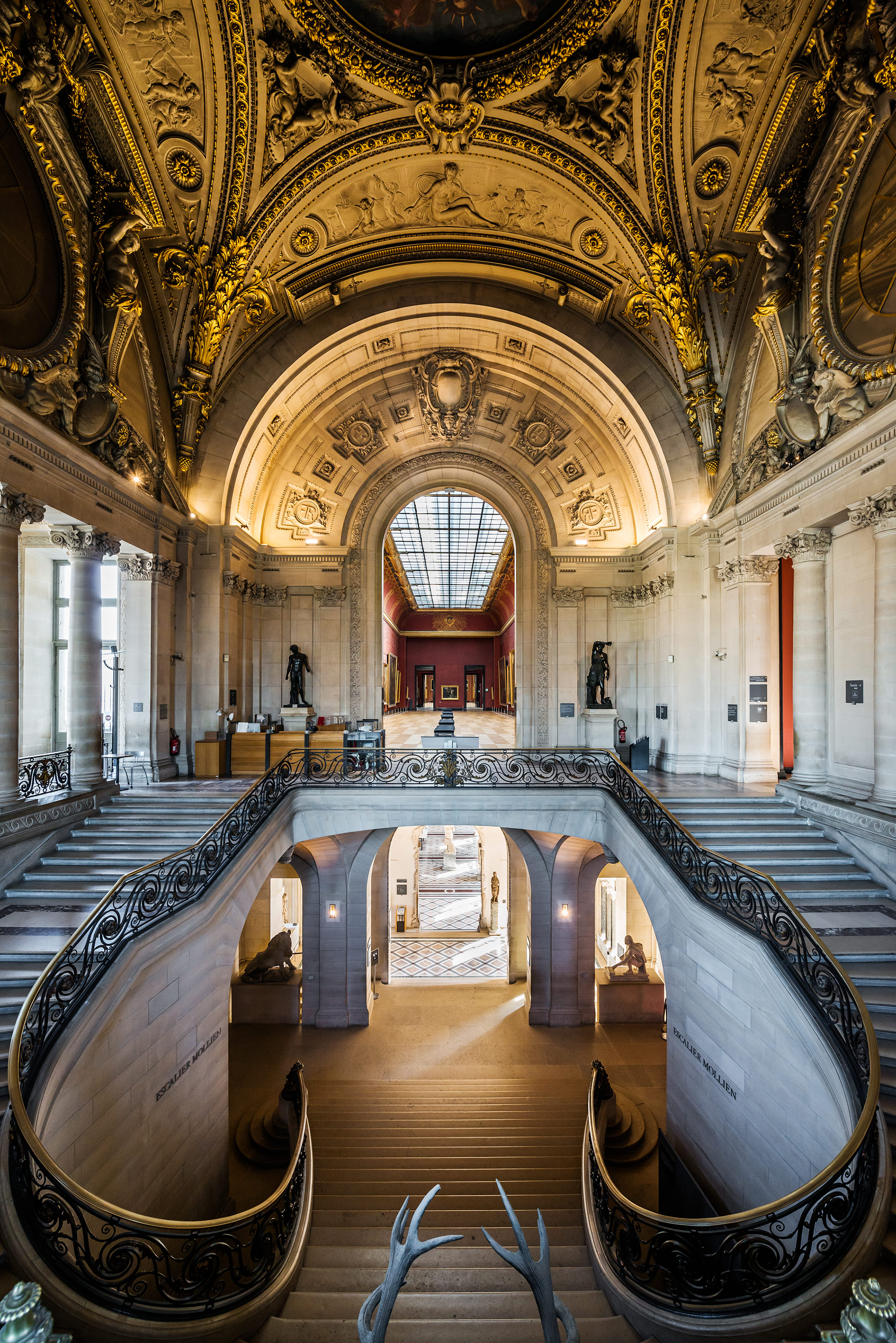
The gardens
The Carrousel and Tuileries Gardens are an integral part of the National Estate of the Musée du Louvre. As historic as they are ideal for taking a stroll, the gardens offer a range of family-friendly activities as diverse as the seasons all year round.
